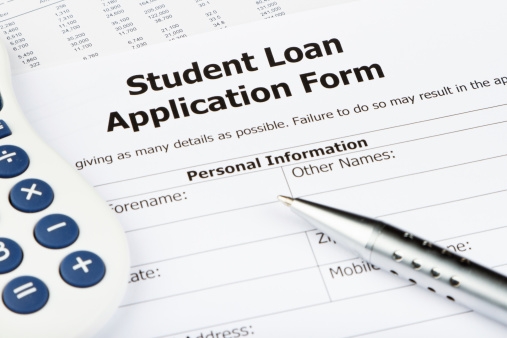You have /5 articles left.
Sign up for a free account or log in.

Getty Images
WASHINGTON -- The Obama administration is proposing to make it easier for colleges with high loan default rates but few students taking out loans to avoid losing their eligibility for federal student aid.
Officials last week unveiled a draft plan to expand the circumstances under which a college can appeal a high default rate on the basis that a low percentage of its students borrow money through the federal loan program.
The changes to that appeal option -- known as the participation rate index appeal -- would largely help community colleges, where relatively few students take out loans to pay for their education.
Colleges with default rates high enough to trigger sanctions -- 30 percent for three years or 40 percent in a single year -- can generally avoid penalties if fewer than one in five of their students take out federal loans. (See a more precise chart here.)
But currently colleges can only use that option when they’re on the verge of losing federal aid. For example, a college whose default rate exceeds 30 percent for two years in a row is not allowed to appeal until the third year above 30 percent.
Being forced to wait so long to appeal -- and thus be in limbo on the possibility of losing federal aid -- is a risk that some community colleges have said they’re unwilling to take. And it has been a reason why some institutions have stopped giving out federal loans.
Under the administration’s proposal, colleges would be allowed to appeal their default rate based on a low rate of loan borrowing any year in which their default rate is 30 percent or greater.
David Baime, senior vice president for government relations and research at the American Association of Community Colleges, called the plan “a very positive development” for community colleges.
“The prospect of losing federal loan and Pell Grant eligibility has such a negative impact for institutions that it’s like the proverbial sword of Damocles hanging ominously over their head,” Baime said.
He said that 46 community colleges across the country had default rates last year of 30 percent or greater. But it’s difficult to know how many of them qualify for the low-borrowing-rate appeal because of differences in how the federal government measures the rate of federal borrowing at a college.
According to an estimate by the Institute for College Access and Success, as many as 21 of those colleges would be eligible for the appeal.
TICAS, community college advocates and others have long pushed the department to allow an annual appeals process to give colleges more certainty about whether they will be punished for their default rates. The issue gained new urgency in the last year as the federal government’s tougher standards for default rates (measuring them over a three-year period instead of two) went into full effect.
“Requiring colleges to sit on the fence for three years before you tell them whether they are going to lose federal aid is unfair,” said Debbie Cochrane, who directs research at TICAS.
TICAS has previously criticized community colleges that withdraw from the federal student loan program over concerns about their high default rates. Such decisions, the group said in a report last year, put community colleges students “at risk” because it may push them into private loans to cover their educational and living expenses. Private loans tend to have fewer protections for borrowers than federal loans.
In California, 22 community colleges in the past decade have stopped giving out federal student loans, according to Tim Bonnel, a specialist in the financial aid programs unit of the state’s community college system.
A variety of factors contributed to those colleges’ decision to end federal student loans on their campuses, Bonnel said. But on many campuses, he said, officials decided they didn’t want high loan default rates to put at risk their eligibility for all federal aid, including Pell Grants.
“It was in anticipation that it may cause a problem for them,” he said. “Rather than deal with the risk when it were to come up they decided they were going to eliminate the risk by not being in the [federal student loan] program.”
Although roughly 500,000 of the 2.1 million students in California’s community college system rely on Pell Grants, fewer than 50,000 take out federal student loans.
Bonnel said that allowing colleges to appeal their default rates sooner is “a small step” that would provide “some reassurances” to colleges with few loan borrowers but high default rates.
The administration’s proposal to rewrite regulations to expand the appeal option comes after it last year granted an executive reprieve to nearly two dozen colleges facing penalties for their high default rates. The action drew criticism from consumer advocates as well as Democratic and Republican members of Congress.
The proposal was added last week to the administration’s current negotiated rule-making session that is primarily focused on carrying out President Obama’s directive to expand a more generous income-based repayment option to some five million existing loan borrowers.
A remaining issue on the table is the timeline for making the changes. Some community college advocates would like to see institutions be able to use the new appeals process sooner than the July 2017 date that the administration is currently proposing.
Negotiations over both proposals will continue on April 28.








